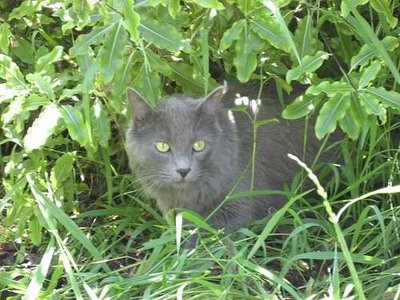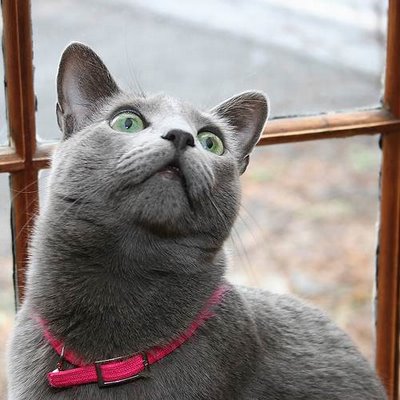The Chinese Ambassador to the Philippines, Huang Xilian, has 2 cats, Ding Ding and Yuan Yuan. They are both grey. One of them, who I believe is Ding Ding has partially folded ears which indicates to me that this cat carries the Scottish Fold gene or a variant of it. The ambassador adopted both cats in the Philippines during the pandemic.
 |
| Chinese Ambassador to the Philippines Huang Xilian has 2 cats. This is one of them possibly Ding Ding. |
He adopted them as kittens. He took them to a veterinarian to have them checked thoroughly. He says there now strong and healthy. They love each other but sometimes they fight and are a bit naughty. He likes their company during his work and he finds them comforting. He said the work hard during the pandemic.
 |
| Chinese Ambassador to the Philippines Huang Xilian has 2 cats. This is possibly Yuan Yuan. |
He wants cat lovers to guess which cat is called Ding Ding in which cat is called Yuan Yuan. I haven't got an idea about that! The Chinese word "Yuan" is the currency in China. I checked out what Ding means in Chinese. It's a family name humans and there are just two strokes to it when writing it in Chinese. Someone Facebook said it means (round) in English. I read that it means strong. I'm no nearer to figuring out which name fits which cat. I have guessed.
Huang Xilian should be screaming from the rooftops for the cat cruelty that takes place in China's cat meat markets to stop immediately. It is horrible behavior and it is time it stopped. How can he love cats and be silent about this damnable market where tens of thousands of cats and dogs are brutally killed annually for meat because they belive that the flesh has some medicinal qualities. It is pure bullshit.











